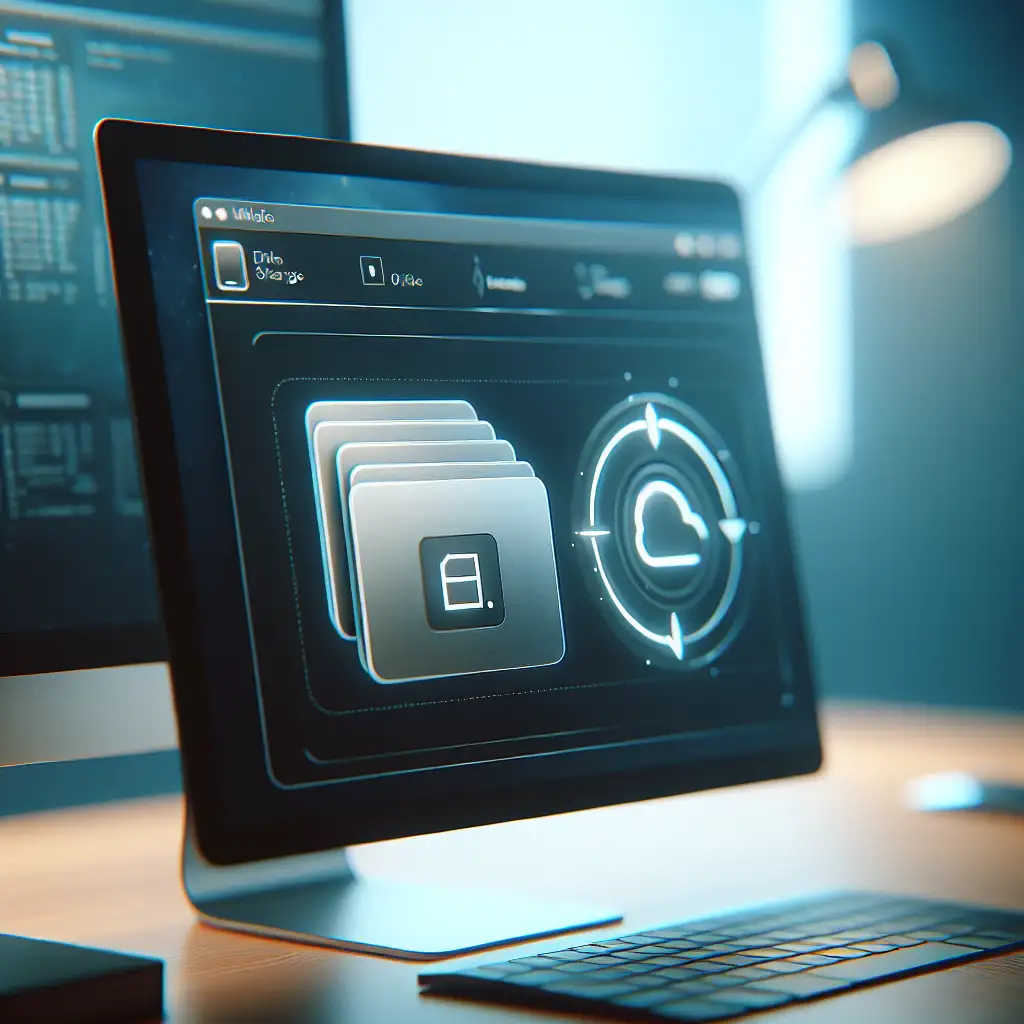Seamless Dropbox Setup on macOS: Technical Guide for Reliable Cloud Integration
Problems with cloud sync on macOS usually surface at the worst moments—half-synced renders, missing assets, or permission issues after migrating between machines. Dropbox remains viable as a cross-device cloud storage layer, but its optimal installation on macOS isn’t immediately obvious, especially on recent Ventura (13.x) or Sonoma (14.x) builds.
Minimal Friction Install: Dropbox macOS (.dmg)
Start by downloading the verified installer from
https://www.dropbox.com/install
- Grab the current
.dmg—as of June 2024, Dropbox for macOS v197.4.6302 is the stable release. - Do not use App Store variants—they often lag and miss core Finder integration.
- Double-click the
.dmg, then dragDropbox.appto/Applicationsas prompted.
# Validate binary integrity (optional)
shasum -a 256 ~/Downloads/Dropbox\ 197.4.6302.dmg
Failed to move to Applications? Check for errant Gatekeeper (System Preferences > Privacy & Security > Allow) prompts.
First Launch and Account Binding
-
Open
Dropbox.appfrom Launchpad or /Applications. -
Grant permission if prompted for full disk access (System Settings > Privacy & Security > Full Disk Access). Without this, Dropbox may stall on syncing with cryptic logs like:
Failed to xattr /Users/alex/Dropbox: Operation not permitted -
Sign in with your Dropbox account. New users can provision an account directly in-app, but enterprise SSO is supported as well.
-
By default, Dropbox creates
~/Dropbox. Custom locations can be chosen, but be warned: external drives or network volumes may break sync and are officially unsupported in latest releases due to sandboxing constraints.
Finer Control: Selective Sync and Finder Integration
Too many users let Dropbox clone vast directories, only to see a full disk warning from Finder. Immediately set up Selective Sync:
- Click the Dropbox icon in the menu bar.
- Preferences > Sync > Select folders to sync locally.
- Exclude rarely used projects—raw archive folders, old video source files, etc.
Note: macOS Finder integration (context menus, status icons) can fail if the Dropbox Finder extension is disabled. Troubleshoot via:
System Settings > Privacy & Security > Extensions > Finder Extensions > Dropbox
Practical Workflow: Asset Sharing Without Copy Loops
A typical workflow: A designer exports a layered PSD into ~/Dropbox/ClientX/2024/Designs.
The file syncs to Dropbox's cloud backend, exposed via the same folder on another Mac, iPad, or the web interface. No need to email large files—share via the right-click “Copy Dropbox Link” in Finder.
Gotcha: Files marked as “online only” (default on smaller SSDs) will show locally but require a connection to open. Expect the prompt:
"This file is online-only. Connect to the internet to access."
To force a folder to stay local, right-click and select “Make Available Offline”.
Troubleshooting: Real Issues and Fast Fixes
-
Dropbox fails to start post-install:
Check logs in~/Library/Logs/Dropboxfor permission errors or conflicting user accounts. -
Sync icon missing in Finder:
Reinstall Dropbox or manually enable the Finder extension as above. Reboot if necessary; this integration occasionally fails after macOS updates. -
High CPU or battery drain:
Large numbers of small files can triggerDropboxMacUpdateto consume resources—consider restructuring folders or migrating static archives elsewhere. -
Low disk space:
Use Selective Sync, or move noncritical datasets out of the Dropbox folder. Note that relocating the Dropbox folder to an external disk is unsupported and known to cause sync corruption.
Example: Speeding Collaboration on an Agile Design Team
An architecture firm shares blueprints via Dropbox Business with granular group permissions. A change made in AutoCAD on one Mac is reflected on-site with an iPad Pro within seconds. Rollback utilizes Dropbox’s version history—a lifesaver during frantic client sessions.
Extra—Non-Obvious Optimization
- For scripts or code that require absolute path stability, hard link the Dropbox folder:
ln -s ~/Dropbox/Clients ~/Projects/Active - Place a
.dropboxignorefile (currently in beta) to prevent syncing transient files like build artifacts or temp renders:*.tmp build/ *.psd~
Dropbox, when properly installed and configured, becomes a reliable backbone for distributed workflow on macOS. Skipping default settings in favor of tailored sync preferences pays dividends in both speed and stability—just keep an eye on permissions after every major OS update.
Still hitting edge cases or sandbox errors? Post logs or error messages—there’s usually a workaround.
If you want to revert to a prior version or automate Dropbox tasks on macOS (e.g., with AppleScript or Automator), alternative strategies exist, but aren’t always maintained across macOS releases.
For now:
Install Dropbox for Mac
Tight integration, fewer sync surprises. Done.
